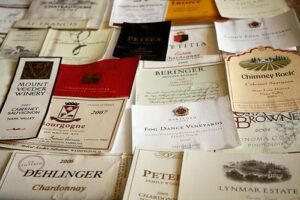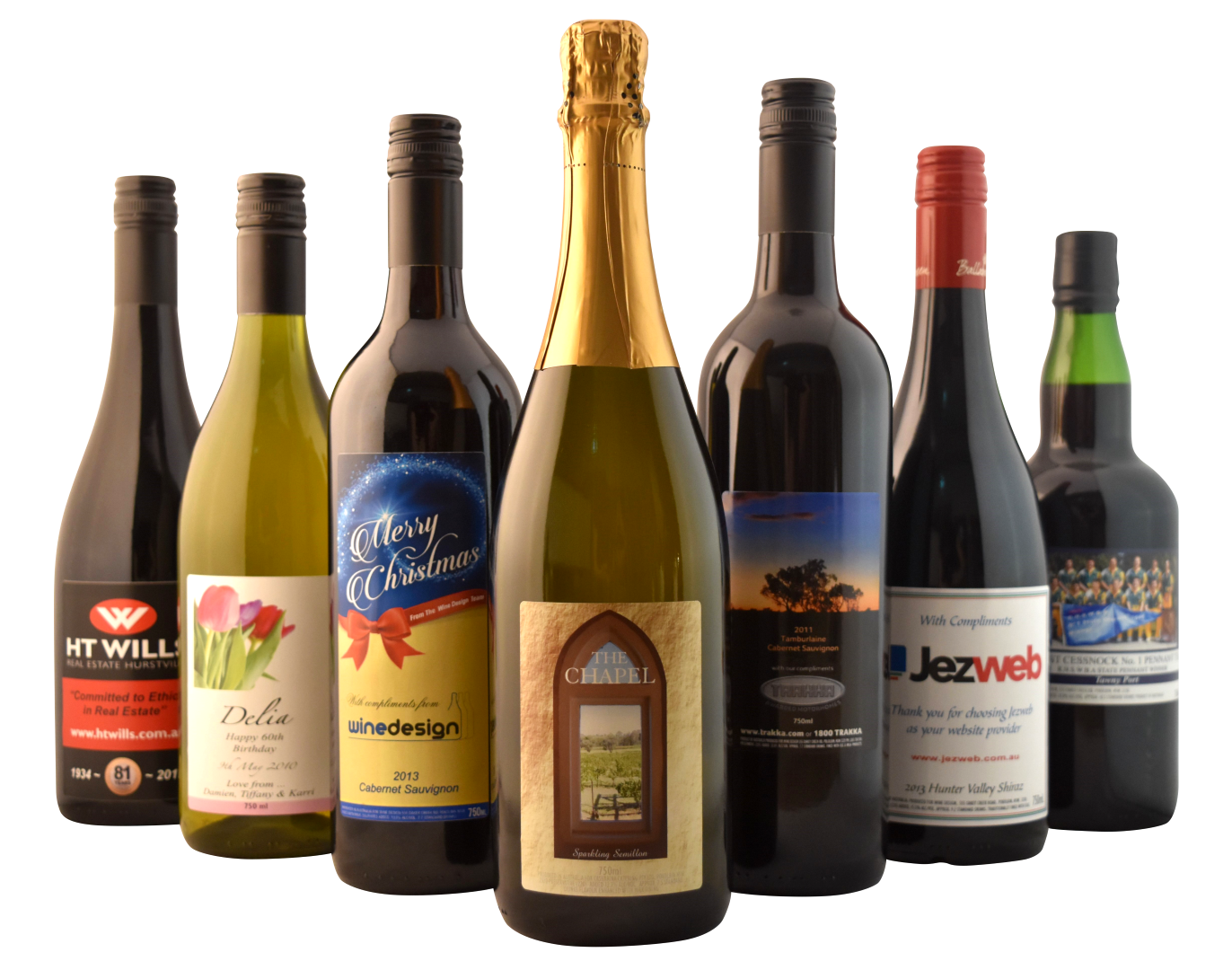Wine labels are like a roadmap to understanding what’s inside the bottle. They offer vital details which can help you make an informed choice when picking a wine.

Region and Terroir: How Geography Influences Wine
Wine isn’t just about the grape variety; where it’s grown matters a lot too. Geographic characteristics, known as terroir, play a critical role in determining a wine’s taste profile.
Terroir combines elements like soil type, climate, and elevation, contributing unique flavors to the wine. For instance, a Chardonnay from California’s Napa Valley is likely to taste different from one produced in France’s Burgundy region, even though they’re made from the same grape.
Certain wine regions have gained fame thanks to their ideal growing conditions. Think of Bordeaux in France, Tuscany in Italy, or the California coast in the United States. Each region brings its flair and set expectations for the wines produced there.
Wine labels often indicate the region where the grapes were grown, which can clue you in on what to expect in terms of flavor and quality. For example, an AOC label from France or a DOC label from Italy signifies a certain standard of quality and adherence to specific production methods.
Understanding these regional indicators can guide you toward wines that match your taste preferences, whether you favor bold reds, crisp whites, or something in between.
Grapes and Varieties: Getting to Know Your Wine
When you see a wine label, finding out which grape variety is used can tell you a lot about what you’re drinking. Some labels highlight a single grape, while others blend several types to create a unique profile.
Single-varietal wines, like a Merlot or a Riesling, focus on one type of grape. This makes it easier to predict the wine’s overall character. For instance, a bottle labeled Cabernet Sauvignon is likely to be robust and full-bodied, while a Pinot Noir will be more delicate.
Blended wines mix two or more grape varieties to balance flavors and improve complexity. A classic example is Bordeaux wine, which often combines Cabernet Sauvignon, Merlot, and sometimes a few other grapes.
Some grape varieties are strongly tied to specific regions. Malbec from Argentina, for example, tends to have a rich, dark fruit flavor different from Malbec grown in France. Knowing these regional specialties can enhance your wine selection process.
Pay attention to terms like ‘Varietal’ and ‘Blend’ on the label—these indicate whether the wine focuses on one grape or several. This small detail can help you choose a wine that suits your palate perfectly.
Deciphering Quality Indicators and Marketing Terms
Quality indicators on wine labels can guide you in selecting a superior bottle. Words like ‘Reserve’, ‘Grand Cru’, or ‘Estate’ often suggest that the wine has been made from select grapes or has undergone special aging processes. These terms aren’t always regulated, though, so understanding their meaning in the context of the wine’s origin can be crucial.
Terms such as ‘Old Vine’ or ‘Barrel-Aged’ can signal unique production methods that impact the wine’s flavor and complexity. Old Vine wines, for instance, typically have more concentrated flavors, thanks to grapes harvested from mature vines. Barrel aging can infuse the wine with oaky notes, adding depth and richness.
Be aware of marketing fluff. Words like ‘Handcrafted’, ‘Artisanal’, or ‘Small Batch’ are often used for branding but might not necessarily indicate higher quality. Focus instead on meaningful terms and certifications that have an official standing.
Running through real-world examples helps bring clarity. For instance, spotting a ‘DOCG’ label on an Italian wine signifies stringent quality controls. Likewise, ‘Napa Valley AVA’ on a Californian wine assures you that it meets certain regional standards. Learning these markers can elevate your wine-picking game, making your choices more informed and satisfying.

